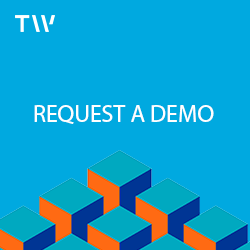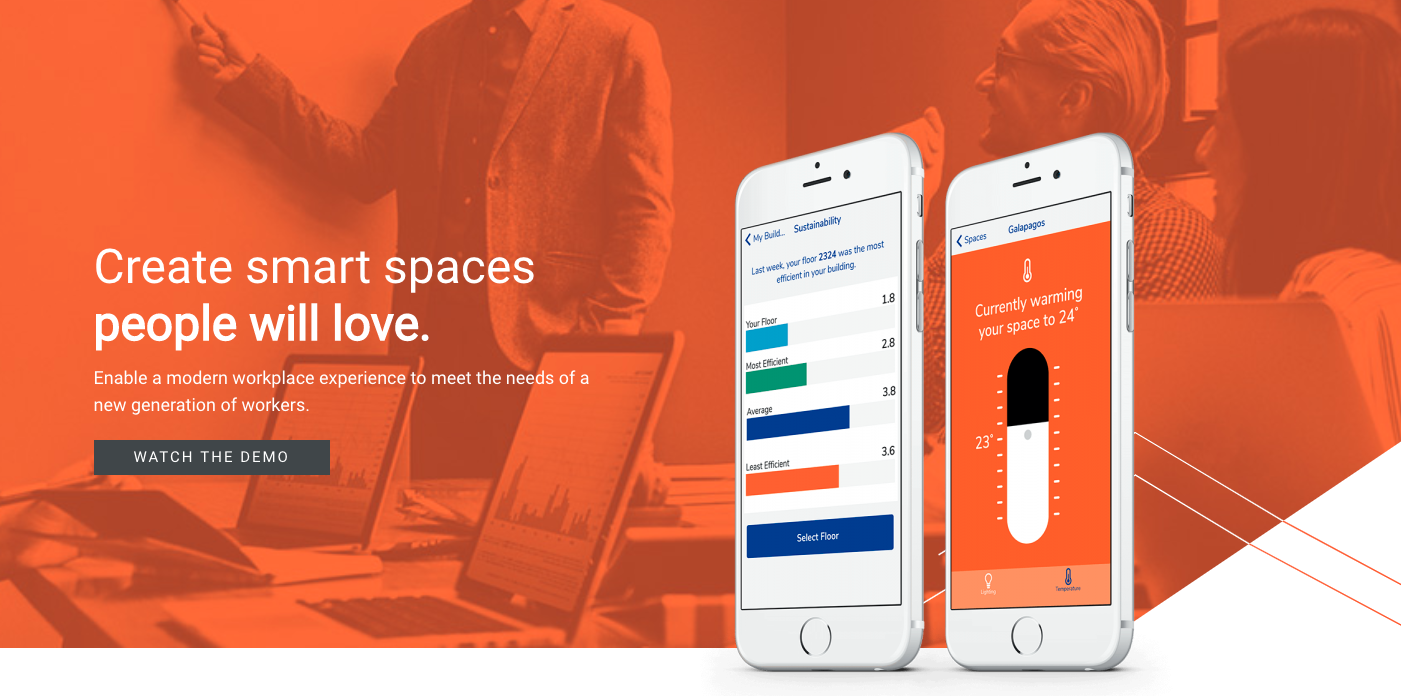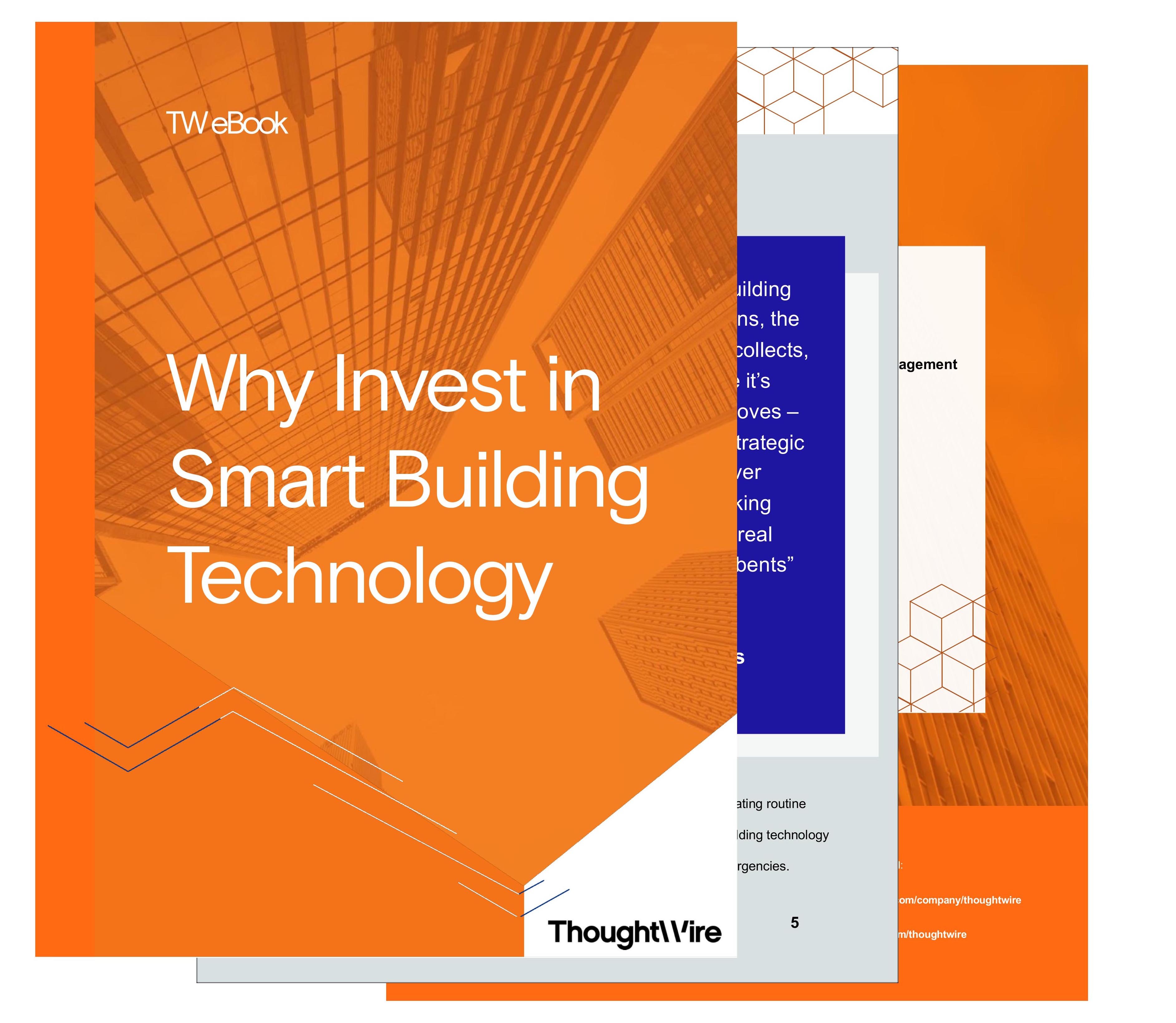At the risk of stating the obvious, WeWork is a big deal. WeWork is a big deal not only in the world of commercial real estate but it joins an elite new group of Silicon Valley unicorns filing for an IPO while making massive losses. One would think that a lack of profitability would prevent a company from going public but these unicorns are called disrupters for a reason.
Many have already documented why WeWork is disruptive to CRE, how they’ve capitalized on the changing nature of work, tastes of millennials, and disinter-mediated long-standing relationships within CRE. In this blog, we’ll discuss what attributes of WeWork’s model can be adopted by traditional CRE owner/operators and how to adopt this disruptive mindset to truly transform organizational culture.
Xerox Parc may have invented the mouse but Steve Jobs gave it commercial success. I mention this to remind everyone to embrace the copycat within and take a page from the competition's playbook.
Four things to learn from WeWork’s Strategy and two pitfalls to avoid…
Branding matters
WeWork has mastered the art of branding, it’s there even when the big logo is not present. They have managed to embed their brand in the very experience of being inside their buildings, something not many others in the #CRE space have mastered. There are very few distinguishing brand features that create a connection with occupants on a daily basis. The signage in the lobby is easy to forget and once an occupant is in their leased space they only see their organizations brand. So how do you make people aware they are in your uniquely “xyz brand” building? Make your brand more than just signage, it’s the digital experience of an app, the amenities offered, and design choices made.
User experience is not just about software
While WeWork’s user experience for acquiring, onboarding, and retaining clients is great, this alone is not the reason they have a $47B valuation. They have created a seamless environment that streamlines the digital experience of booking a room to ensure that when you arrive in that space you have everything you need. This enhanced user experience design spans everything WeWork offers. This in aggregate creates the delightful experience of working in a WeWork space that many have come to love. For WeWork these numerous touchpoints with clients create a treasure trove of data that tells them what amenities and value adds work, how to monetize them, and how to utilize this data for future office design.
Data is king
Perhaps the most critical item to “borrow” from the WeWork playbook is their emphasis on data. With the proliferation of IoT, occupancy sensors, LiDAR, and more, organizations like WeWork are able to become truly data-driven. This means having data across the entire value chain of a client, how they make their decision to join WeWork, their invoicing, use of credits, what rooms they use, and how space is being used overall. But WeWork does not merely collect this data it operationalizes it. WeWork uses data to, choose new WeWork sites, quickly turnaround new space design based on insights, streamline the construction process, and acquire the right mix of amenities for any given location. Owner/Operators should think about unlocking all the dormant data trapped in silos throughout their organization and take a more holistic approach to defining their data strategy. Each data point holds value up and down the value chain, so operational information should correlate to financial data, lease renewals etc.
Court clients who face talent scarcity challenges
They may not have reinvented the lease but WeWork did tap into a previously underserved market, the freelancer, a product of the new gig economy that is dominated by millennials. Yet WeWork knows that in order to succeed they must court the enterprise. With the introduction of powered by We they are targeting your customers, in particular your customers in tech and financial services. Why? The tech industry in metropolitan markets is marked by a constant lack of talent and while many may think space is not a real competitive advantage for these organizations - think again. So how can a traditional owner/operator appeal to the changing needs of their clientele? Make an effort to shift the internal mindset from the optimization of physical assets to enhancing value for occupants.
Two pitfalls to avoid...
Buying every app under the sun
Many in the industry have addressed the competitive pressure from WeWork by throwing technology at the problem. Buying applications to address use cases in silos is not the answer unless you plan to seamlessly integrate these solutions to create a frictionless experience for users. Instead create a roadmap and strategy for your smart building initiatives that begin with a strong data foundation and can iteratively bring new use cases online. Choose application vendors with open protocols and APIs that make it easy to create a seamless user experience. Learn more about the roadmap to Building & Office Intelligence in our recent Expert Webinar.
Organizational alignment on the vision and goal
When thinking about the roadmap, ensure that there is organizational alignment on the vision, strategy and outcomes. WeWork’s strategy is well documented, they are on a mission to transform the way we experience built environments, making their technology investments and M&A decisions that much easier. It’s important for organizations, especially those that are more traditional to consider carefully the change management step of a digital transformation. Shifting organizational mindset and alignment is not a singular process, it’s iterative and unfolds over many phases. Leaders must ensure this alignment is considered at every phase of a smart building initiative to ensure that expectations are met and ROI is clear.
Come see for yourself. Visit our booth #1413 at Realcomm to see how ThoughtWire’s smart building suite can help you transform your space and keep ahead of the competition





